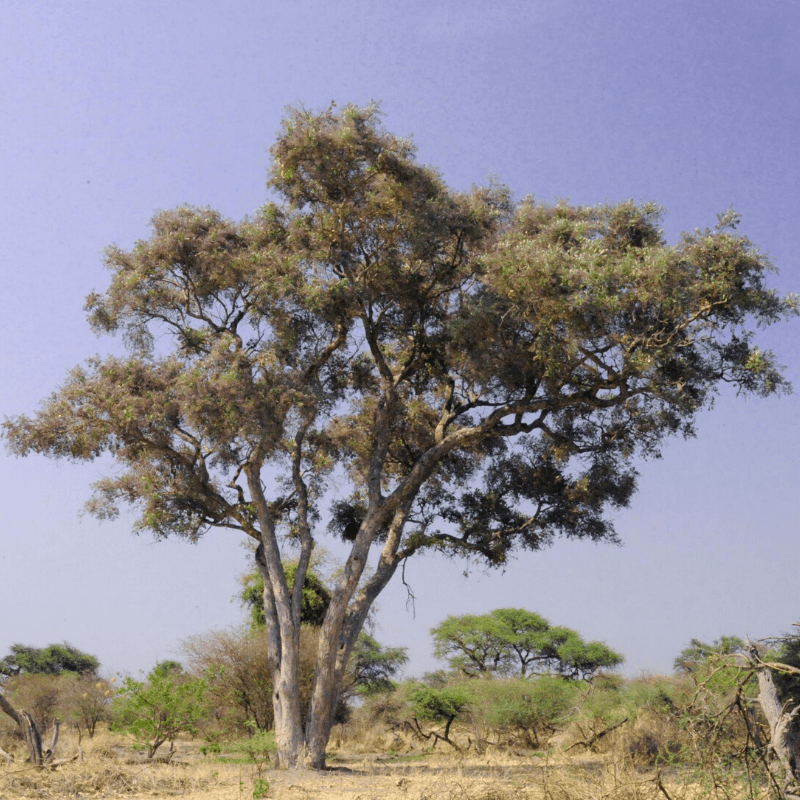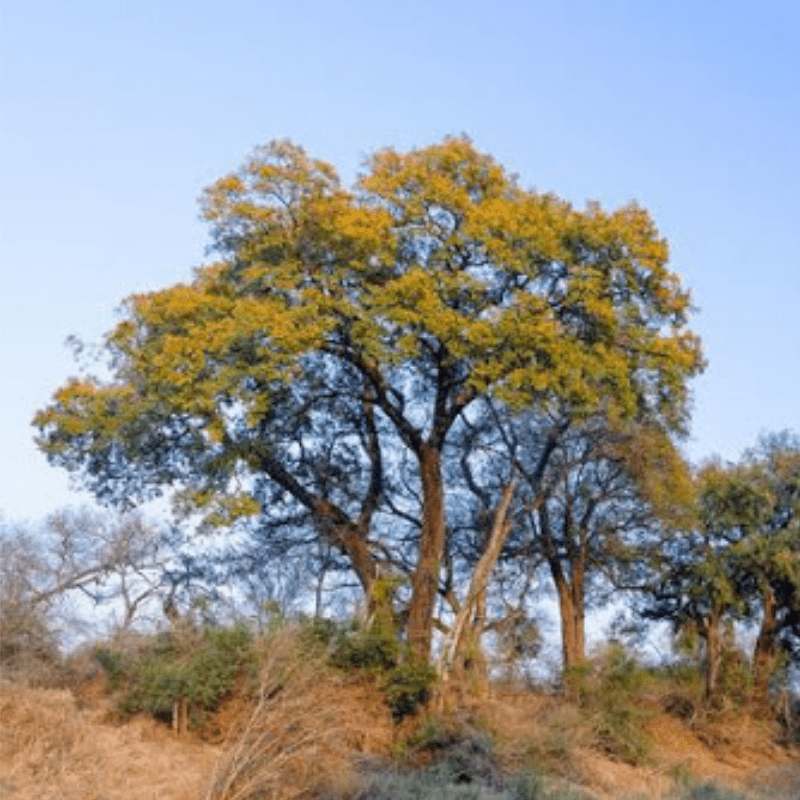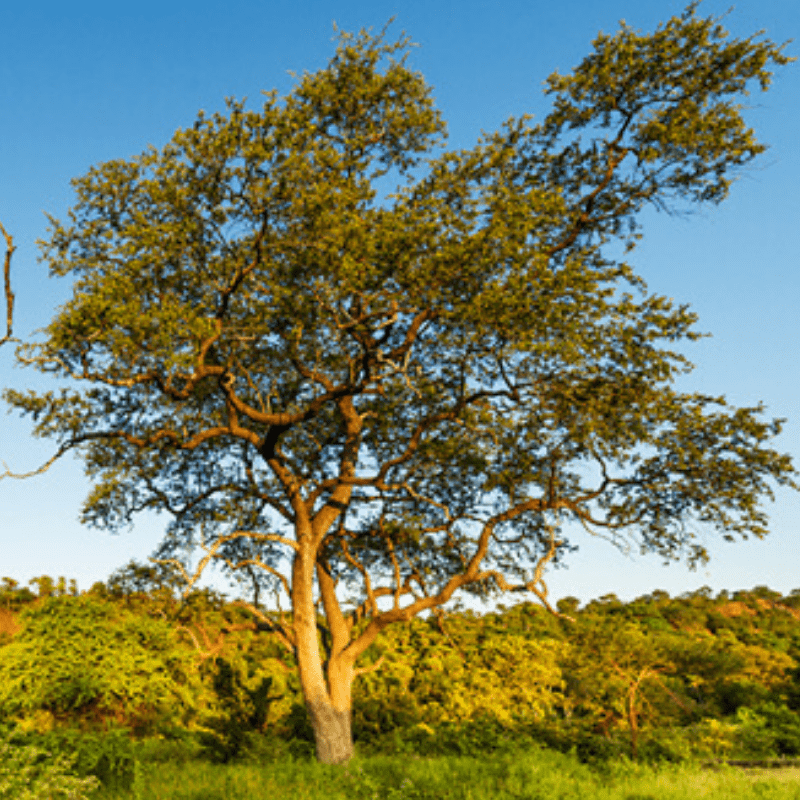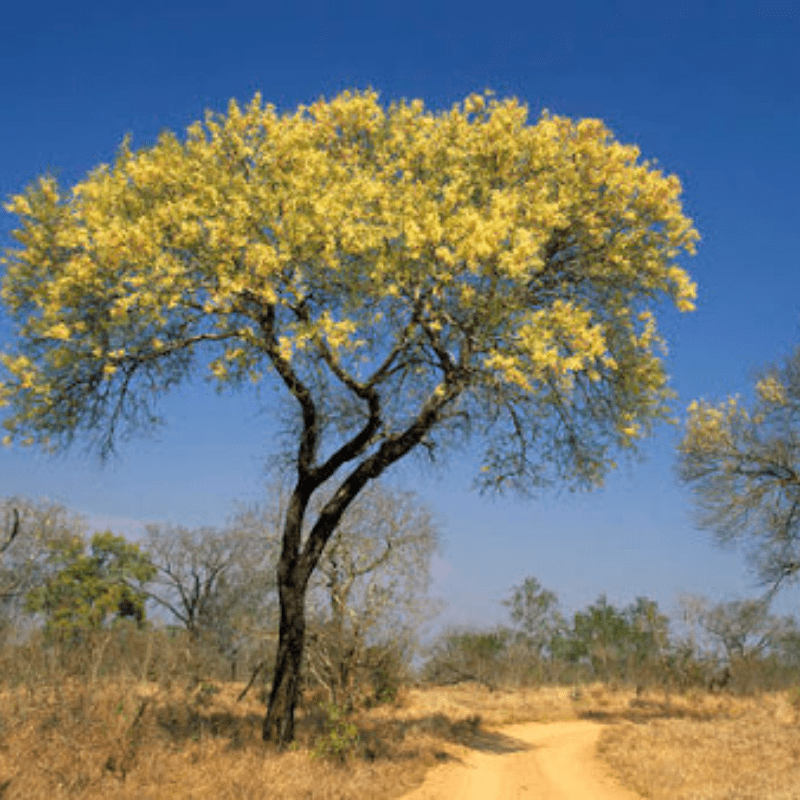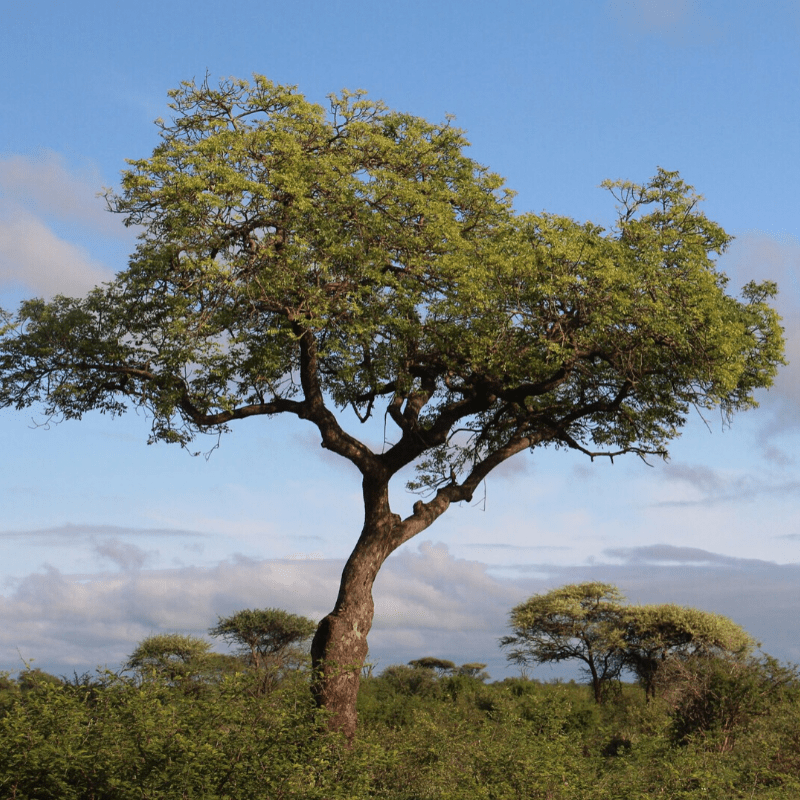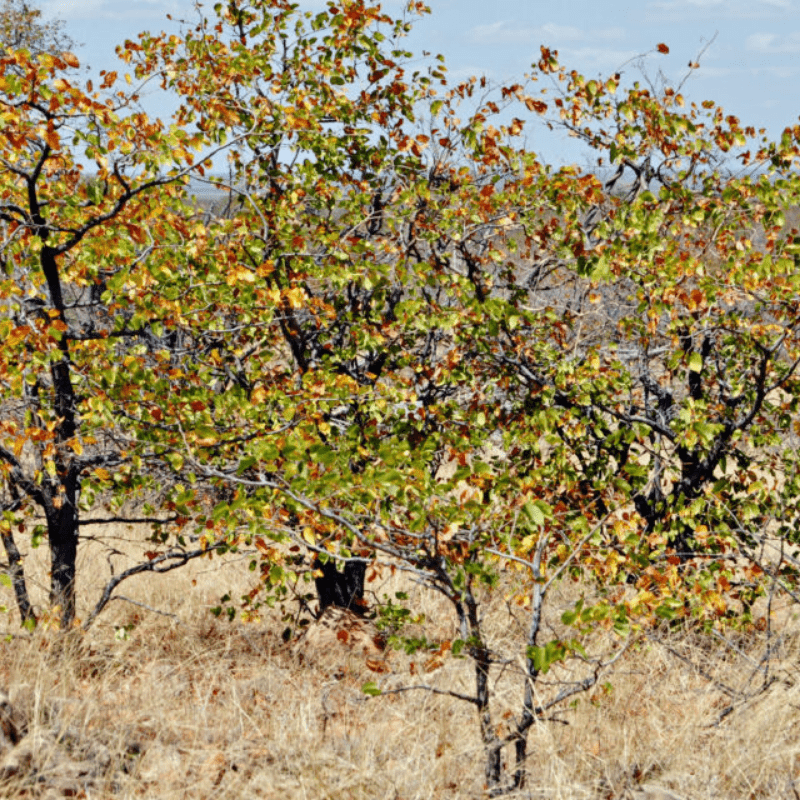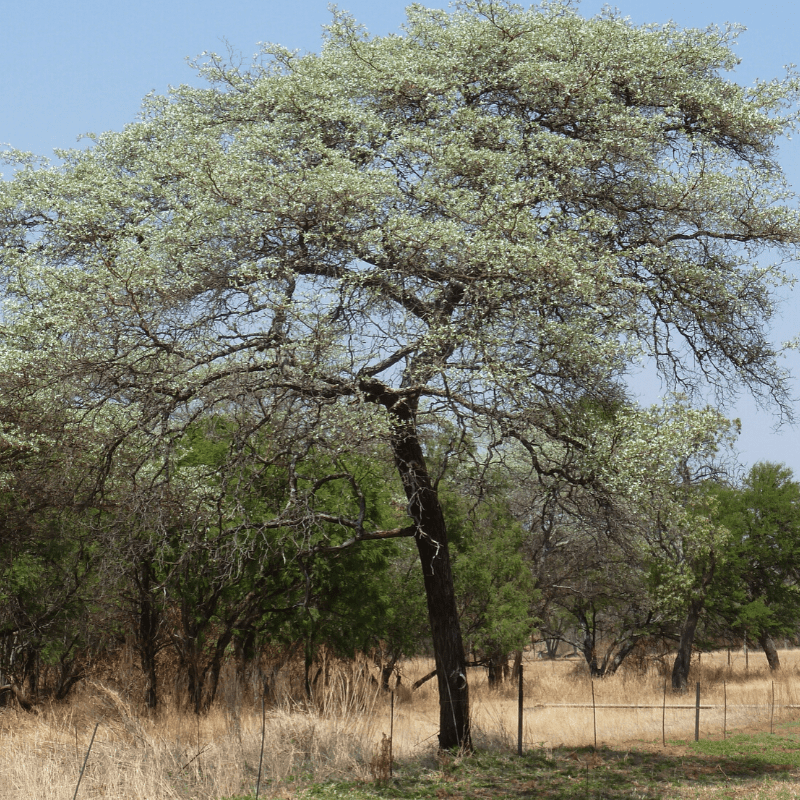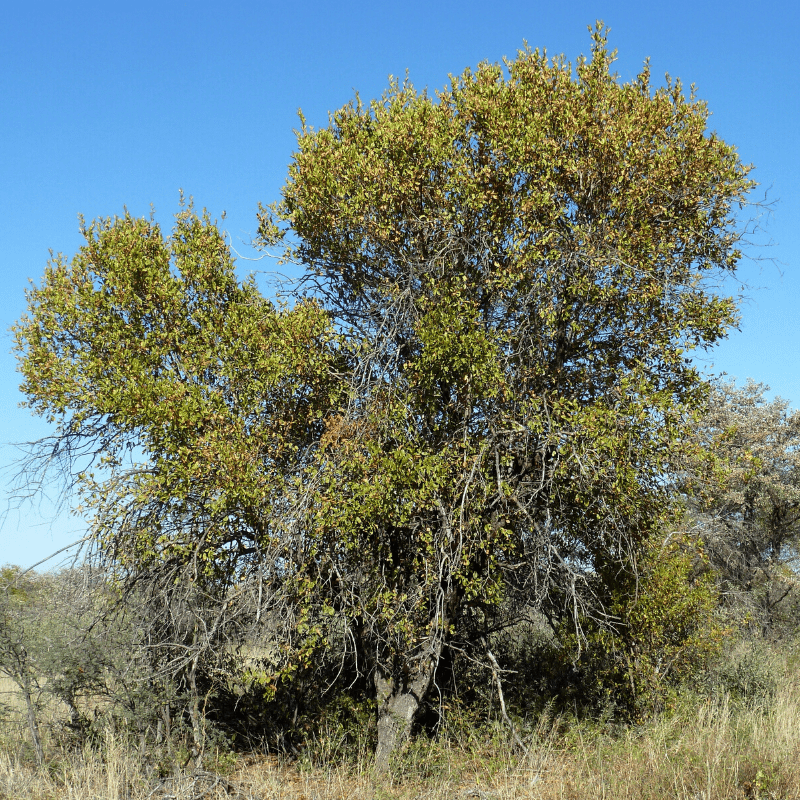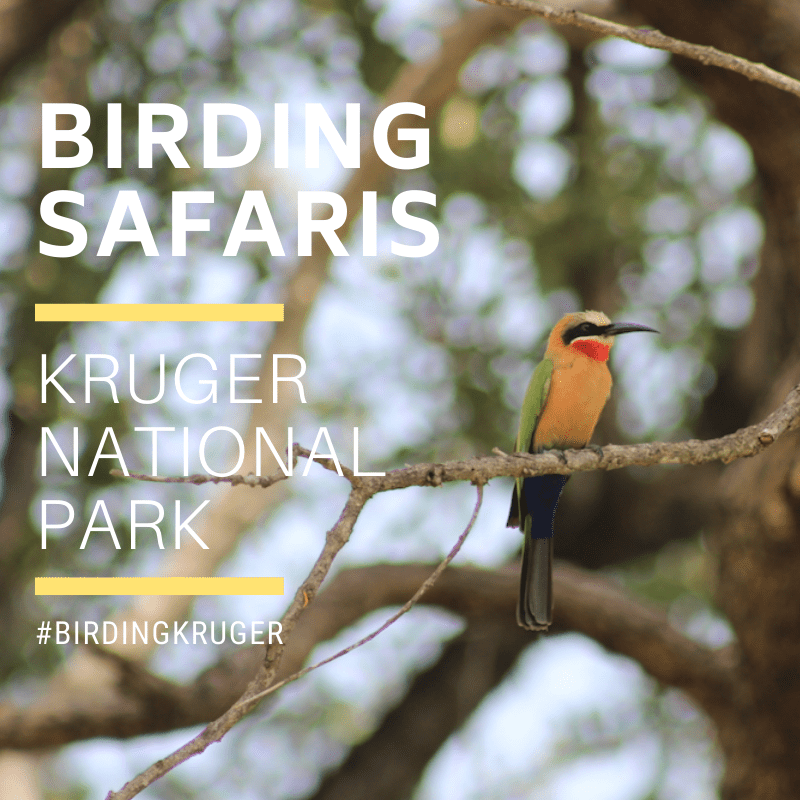The Trees of Kruger National Park
The Big 8 Trees of Kruger National Park
The Kruger National Park is home to a wide variety of trees, with over 330 species recorded in the park. These trees are a vital part of the park's ecosystem, providing habitat and food for a wide range of animals. Here is a detailed overview of some of the most common trees found in the Kruger National Park:
Baobab (Adansonia digitata) - This iconic tree is one of the most recognizable trees in Africa, known for its distinctive shape and massive size. Baobabs can grow up to 25 meters tall and can live for over 1,000 years.
Marula (Sclerocarya birrea) - This tree is known for its sweet and juicy fruit, which is a favorite food of elephants and other animals. The marula tree is also an important cultural symbol in many African communities.
Leadwood (Combretum imberbe) - This tree is known for its extremely dense and hard wood, which is resistant to termite damage. The leadwood tree can live for up to 1,000 years and is an important source of food for elephants.
Fever Tree (Acacia xanthophloea) - This tree is easily recognized by its bright yellow bark and is a common sight along rivers and wetlands in the park. The fever tree is so named because early European settlers believed that it caused fevers.
Knobthorn (Senegalia nigrescens) - This tree is known for its distinctive, knobby bark and is an important food source for giraffes and other browsing animals.
Jackalberry (Diospyros mespiliformis) - This tree is known for its dense, dark wood and is an important source of food for many animals, including elephants, monkeys, and birds.
Sausage Tree (Kigelia africana) - This tree is named for its large, sausage-shaped fruit and is an important source of food for many animals. The sausage tree is also used in traditional medicine to treat a variety of ailments.
Tamboti (Spirostachys africana) - This tree is known for its highly toxic sap, which can cause severe skin irritation and even blindness. Despite its toxicity, the tamboti tree is an important source of food for many animals, including elephants and baboons.
Lowveld Cluster Leaf (Terminalia sericea) - This tree is a common sight in the park and is known for its rough, scaly bark and dense foliage. The lowveld cluster leaf is an important food source for many animals, including elephants and kudu.
Weeping Boer Bean (Schotia brachypetala) - This tree is known for its beautiful pink and red flowers, which bloom in spring and summer. The weeping boer bean is an important food source for many animals, including baboons and vervet monkeys.
These are just a few examples of the many different trees that can be found in the Kruger National Park. The park is home to a wide variety of tree species, each with its own unique characteristics and ecological role.



